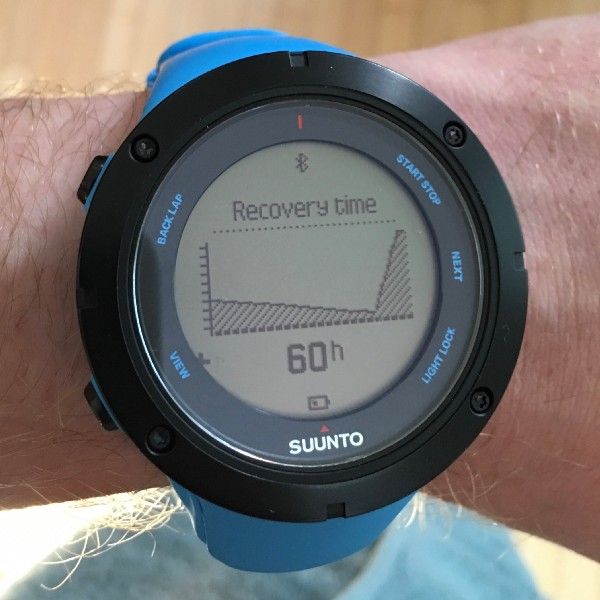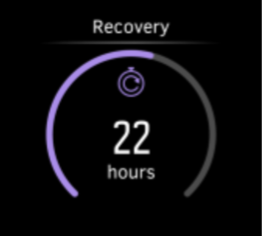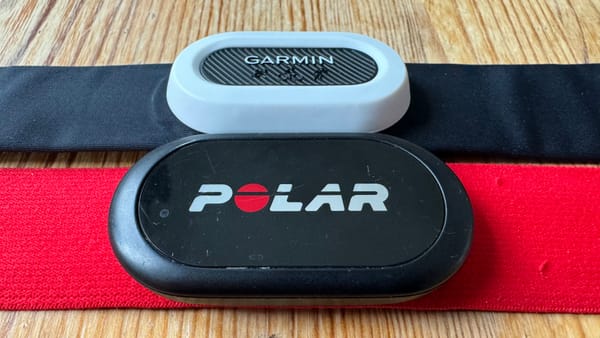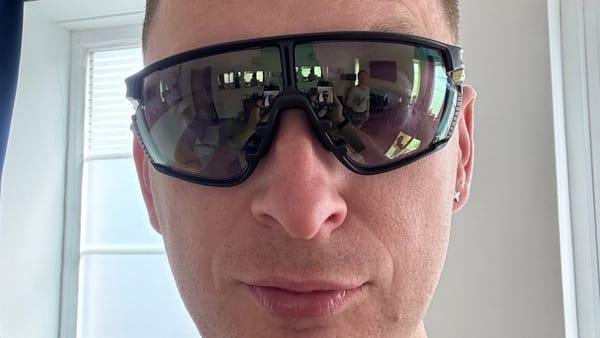Features missing from the Suunto Spartan range
Suunto pulled through (perhaps…) a ‘replatforming’, and are merrily selling their Spartan line of watches. This started with the Ultra…

Suunto pulled through (perhaps…) a ‘replatforming’, and are merrily selling their Spartan line of watches. This started with the Ultra, which seemed more like a beta release, and has swelled to four variations on the same theme. All beautiful watches to look at, with a lovely UI (and font), but all severely handicapped for anyone but the most minimalist user.
Here are the features I think are missing: what’s interesting is that they were, for the most part, present on the Ambit Peak3. What would drive a company to remove features, that based on my forum reading, were heavily used, in a new, very expensive product? Can Suunto add these features in, within the limitations of the current hardware without degrading performance? Based on the 2017–10–17 firmware update for the Spartans, I sincerely hope so. Based on my list, they have some work to do, but none of it is reinventing the wheel.
Running
- Proper interval training, with alarms if a user strays outside of a range (heart rate, power, cadence, or speed), and recovery intervals that end on a dynamic variable (HR below x). This was previously configured via the Movescount mobile app. For comparison, both Garmin and Polar have this. Details from the current Beta of Suunto’s new iOS app. 1, 2.
- Running efficiency, as was featured on the Ambit Peak3.
Cycling
- Ability to have more than one speed pod saved and calibrated (currently one has to change the config for ‘pod 1’ in the web interface, and pair to the new pod).

This problem actually seems bigger than one speed pod: the watch can only store one ‘pod’ (sensor) of any type, so if you have two bikes, both with power meters, you have to pair at the start of the ride. Or, if you have a power meter on your bike, and use a Stryd, it seems that the Stryd footpod counts as one power meter, and pushes the bike out. Either way, due to the lack of description on the saved sensors, it’s impossible to tell what the watch is connected to.
- In-depth logging from power meters: L/R balance, cadence, other wonderful metrics. For comparison, my Quarq DZero logs L/R power, cadence, and power, but it seems that my Spartan will only log power. Whilst either my Fenix 5x or my Edge 1030 capture all three metrics automatically, the Spartan will only show total power.
General
- See details of paired sensors: name, battery level, sample data, and in the case of speed pods for bikes, set and review the calibration. For comparison, Garmin lists all the sensors the watch has connected to (and it can be a lot), and tells the user as each pod connects, either with a name set by the user, or the default name of the device.
- Better illustration of recovery time: the older variant from the Ambit clearly showed a line trending trending to zero, with subsequent spikes for exercise before the time expires. The new one shows a circle that has no history, and an unclear ‘100%’ point.


- Return of the Recovery status and test: this included either wearing a chest strap during sleep, or for a few minutes in the morning, and determines readiness to exercise based on heart rate variance. For comparison, Garmin have all-day stress monitoring, and a 3m HRV ‘stress’ test.
- All-day resting heart rate: the Spartan only shows resting heart rate at night (this is the only one not present on the Ambit Peak3).
- Alerting of: reaching one’s calorific goal for the day, and recovery window having completed.
- More than one alarm clock, and the choice of noise, noise/vibrate, vibrate, and flexible repetition patterns, e.g.:
M,W,F,S,S: 0550
T,T: 0520
For comparison, I haven’t found the upper limit of alarms on a Garmin watch yet. - Vibrate-only for all alarms (storm and time).
- Ability to reject a call from the watch, as well as answer it.
- Ability to log temperature from an external sensor, such as the Movesense chip, as Garmin does with the Tempe. Whilst temperature is recorded, it’s recorded from just on top of my wrist, which means that most of the year it’s 18C, rending the capture of this metric useless.



